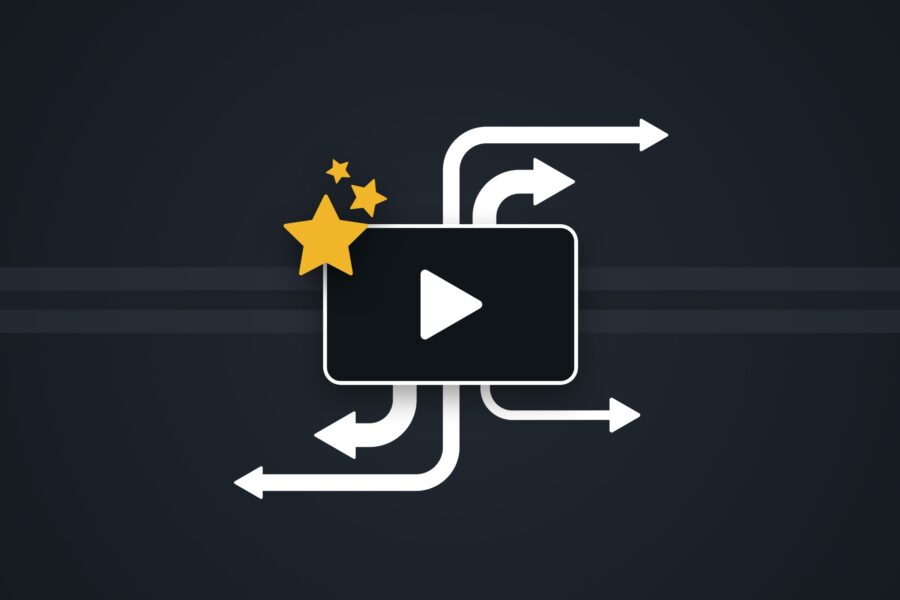How Video Helps Athletes of All Sports and Skill Levels Get Recruited

Video is a high school player’s digital resume, and its role in catching the eyes of college recruiters cannot be understated.
When one applies for a job, his or her resume plays a large role in determining whether they will be considered for that decision. It’s the first look the company gets at a candidate—a strong impression results in a deeper dive, while a poor showing can torpedo a prospective hire’s chances completely.
In the same way, making a standout first impression is critical in recruiting. Video is an athlete’s digital resume. If the video is compelling, college coaches will want to see more. Recruiters can’t always travel to catch a player live, but video provides great insight into their skills and playing style.
“Hudl gives you the ability to hone in what’s important for you as a player and also as a student,” Erin Freeman, a former defensive specialist for California University, said. “You can reach out and connect with those coaches on a much more personal level than if you were just sending them a blanket email without a highlight video or without footage. It puts a face to your name, it can excite them and make them respond.
“You can take the ownership, create your highlights and find your best moments and this has all the tools you can use to do that.”
Video is important for all prospects. The best athletes will automatically catch the attention of recruiters who see the flashy highlights or catch the buzz of a remarkable high school player. But once those coaches catch a glimpse of the highlights, they’ll also want to see full game footage to truly evaluate the athlete’s talent, not just their best moments.
“The goal of the kid should be to say, ‘Here’s what I can do. Now I’ve got you baited. Now go watch a whole game,’” Riley Davis, the video coordinator for the University of Tennessee basketball team, said.
Hudl allows coaches to store and share full game videos to prove their athletes have well-rounded games that will translate well to the college level. A highlight is the appetizer that encourages a coach to dig into the game video or even visit to catch one live.
“You have to figure out a way to differentiate yourself, and video is a great way to do that,” Byran Amos, a former Division I soccer recruiter, said. “If we saw a video that we really liked, it was, ‘Hey Bryan, you’re getting on a plane tomorrow to go see this kid live.’”
But it’s not just the heavy hitters who use video to evaluate prospective athletes. Few high school players receive the opportunity to compete at the highest level of college athletics, but Division II, Division III and NAIA schools provide great opportunities as well.
These institutions don’t have the travel budgets of their larger counterparts, making video even more important. Scouts might not have the budget to see a recruit live, but the video gives them an idea of how talented players are and what skills they can provide at the next level.
“We try to watch it all,” Hank Bounds, the recruiting director for North Dakota State football, said. “We do as much homework as we possibly can on a recruit. The first thing we look at is a highlight video to see if we need to do more homework on a kid and see if they’re good enough to play for us.
“I’m going to be as honest as I can be with a recruit. If they’re good enough, I’m going to pass them on to the area recruiter. If they’re good enough from there, they’ll get passed onto the position coach, then the head coach.”
Athletes of all sports and skill levels can benefit from showcasing their talent with video. To see your team reap the benefits, check out our full-program options.